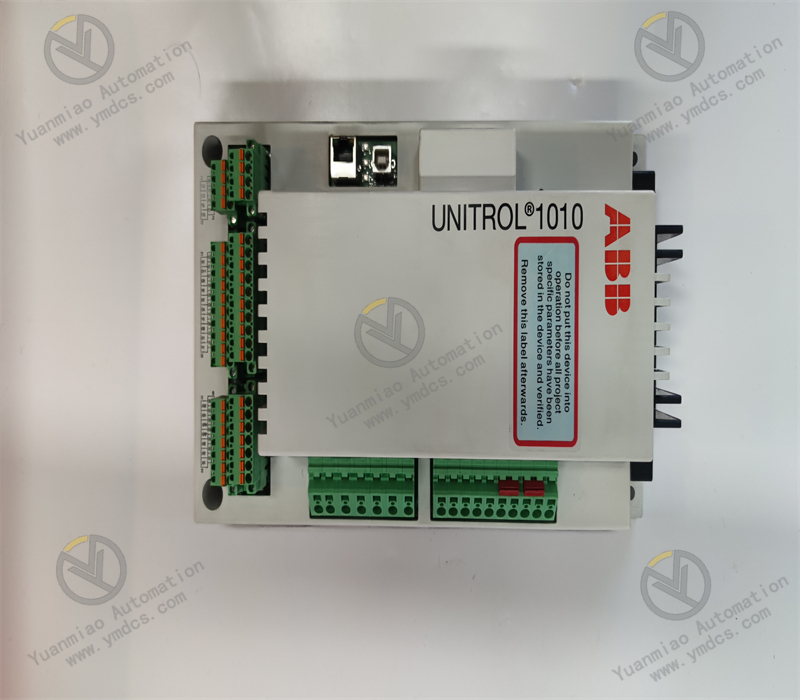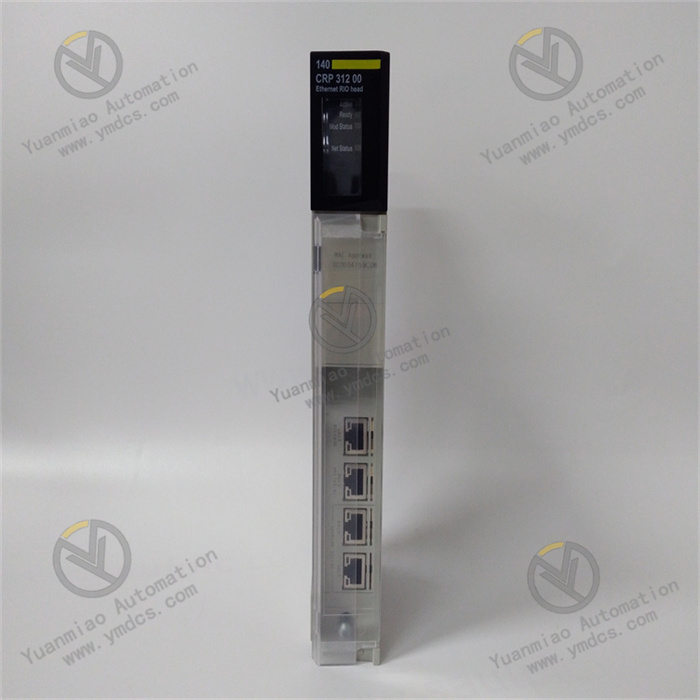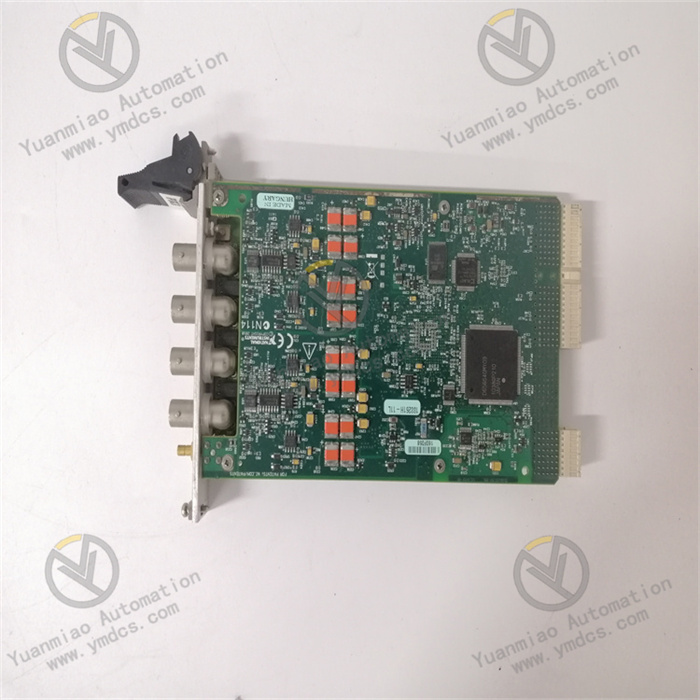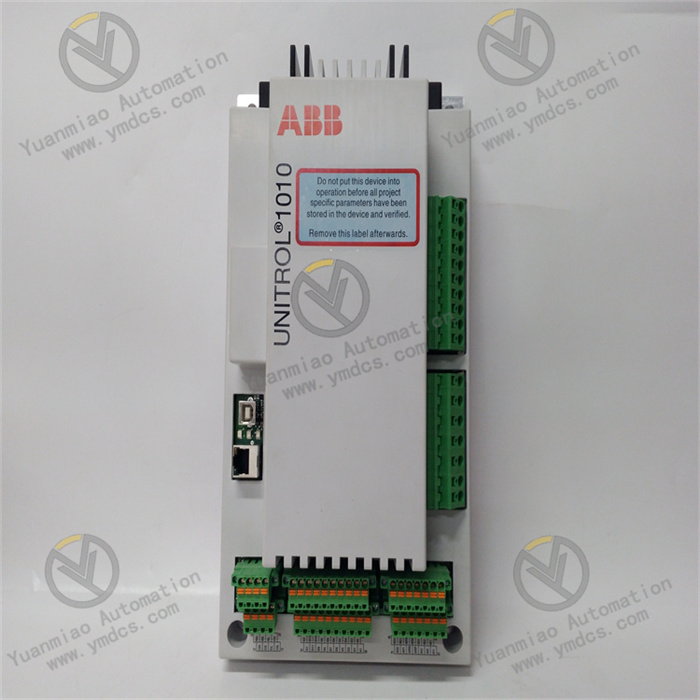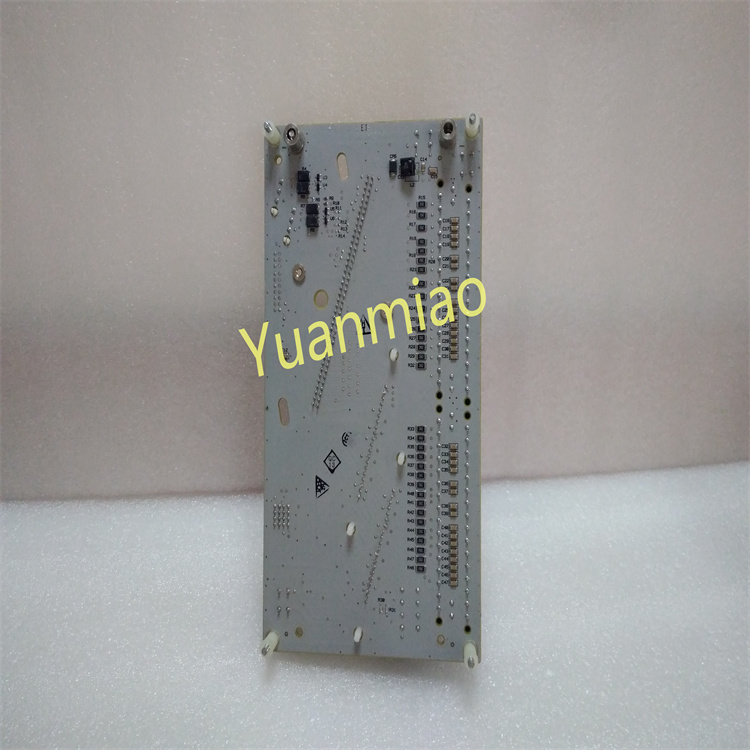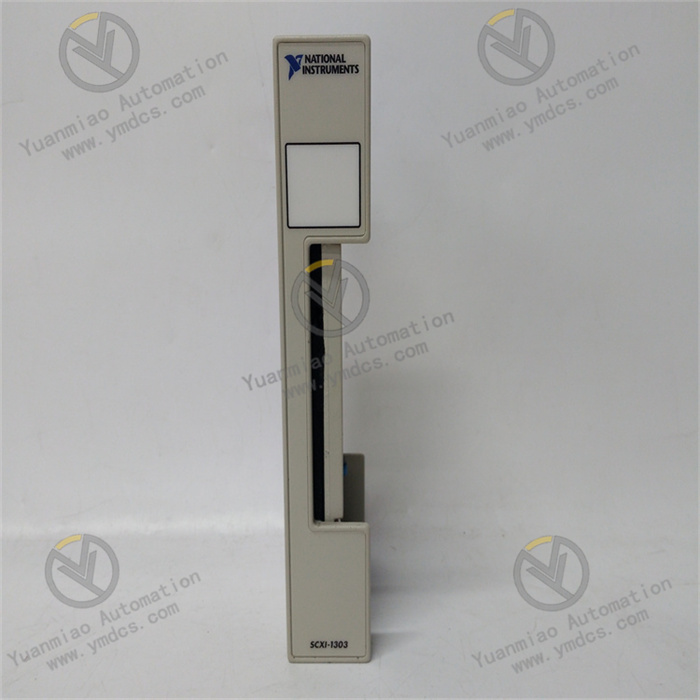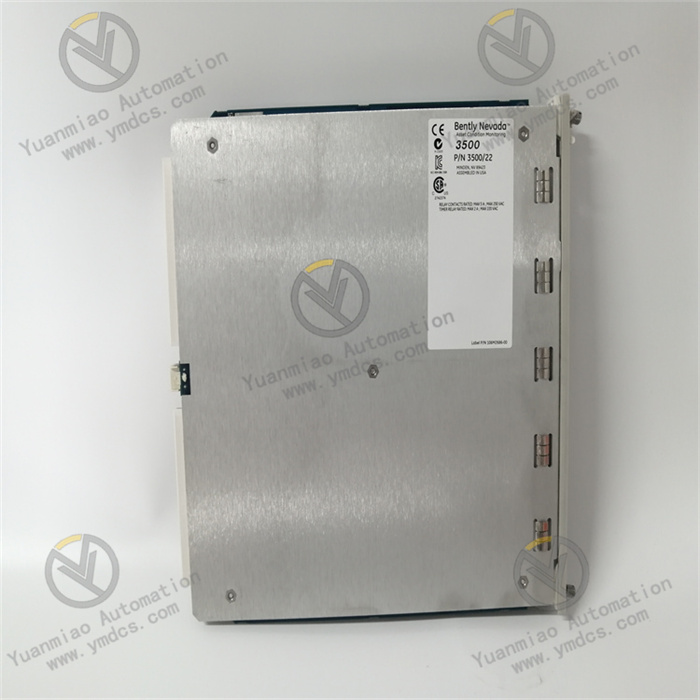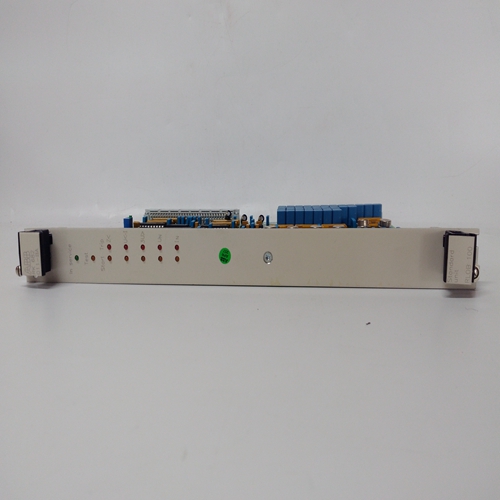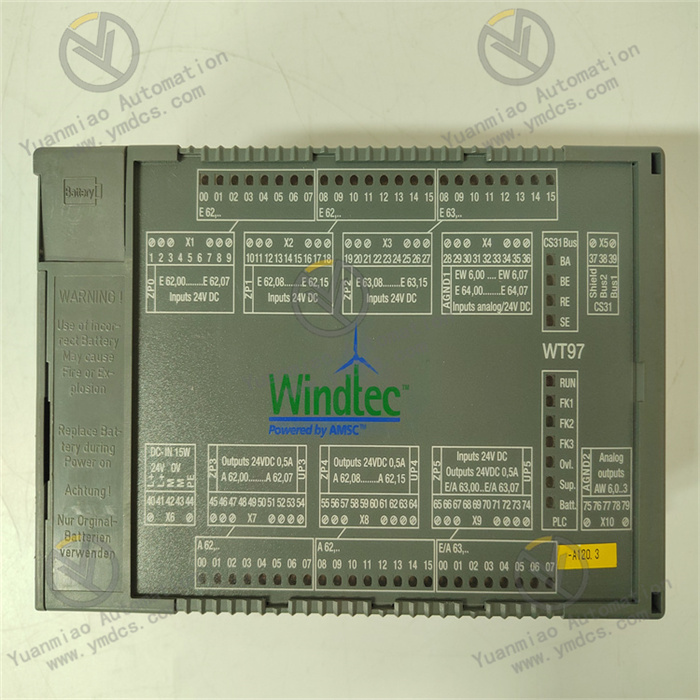Description
Functional Features
Strong communication processing capability: It supports multiple communication protocols, such as Modbus, DNP3, etc. It can conveniently interact data with other devices or systems, achieving interconnection and communication between different devices. It can handle a large amount of communication data to ensure the efficiency and stability of communication.
Flexible configuration options: Users can configure parameters through software. They can flexibly set communication parameters, baud rate, data format, etc. according to actual application requirements to adapt to different communication environments and device requirements.
Diagnosis and fault monitoring: It has a self-diagnosis function and can monitor its own working status in real time. When there is a communication fault or module abnormality, it can promptly send out alarm signals and provide detailed fault information, which helps to quickly locate and solve problems, improving the reliability and maintainability of the system.
Hot-swappable function: It supports hot-swappable operation. The module can be directly plugged and unplugged during the system operation without shutting down, reducing the downtime during system maintenance and upgrade and improving the availability of the system.
Technical Parameters Operating voltage: Usually 24V DC, with a certain voltage tolerance range to adapt to different power supply environments. Communication interface: It provides multiple types of communication interfaces, such as RS-232, RS-485, etc. Suitable interfaces can be selected for connection according to actual needs. Data transmission rate: It supports multiple data transmission rates, such as 9600bps, 19200bps, 38400bps, etc., which can be configured according to the communication distance and data volume requirements. Memory capacity: It has a certain memory capacity for storing communication configuration information, data caching, etc., ensuring the stability and efficiency of the communication process.
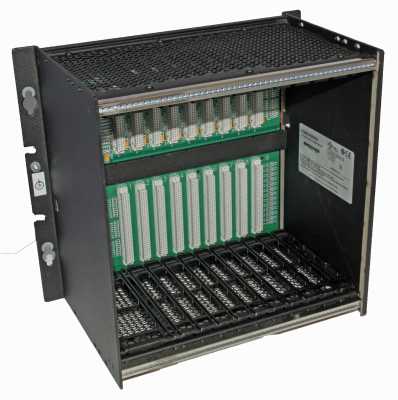
Application Areas Industrial automation control systems: It can be used to connect control systems such as PLC and DCS with other intelligent devices, achieving data sharing and collaborative work between systems, and is widely applied in industrial fields such as manufacturing, metallurgy, chemical industry, and power. Remote monitoring systems: As a communication bridge in remote monitoring systems, it can transmit the data of field devices to the remote monitoring center through the network, facilitating operators to monitor and control the operating status of field devices in real time. Smart building systems: In smart buildings, it can connect various smart devices, such as air conditioning systems, lighting systems, security systems, etc., to achieve linkage control and centralized management between devices, improving the intelligence level and management efficiency of the building.
Common Faults and Solutions Communication interruption Reasons: Damaged communication cables, loose interfaces, incorrect communication parameter settings, module failures, etc. Solutions: Check whether the cables are damaged or broken and replace the damaged cables; ensure that the interfaces are firmly connected and re-plug them; check the communication parameter settings to ensure consistency with other devices; use diagnostic tools to check whether the module is working properly and replace the module if there are faults. Data transmission errors Reasons: Interference issues, inconsistent baud rate settings, incorrect data format settings, etc. Solutions: Check whether there are strong electromagnetic interference sources around and take shielding measures; confirm that the baud rate settings of both devices are the same; check the data format settings to ensure that the data formats at the sending and receiving ends are consistent. Module not recognized Reasons: Software driver issues, hardware conflicts, module damage, etc. Solutions: Update or reinstall the driver of the module; check whether there are hardware conflicts in the device manager and make corresponding adjustments if there are any; test the module in other slots or systems to determine whether the module itself is damaged and replace the module if so.


